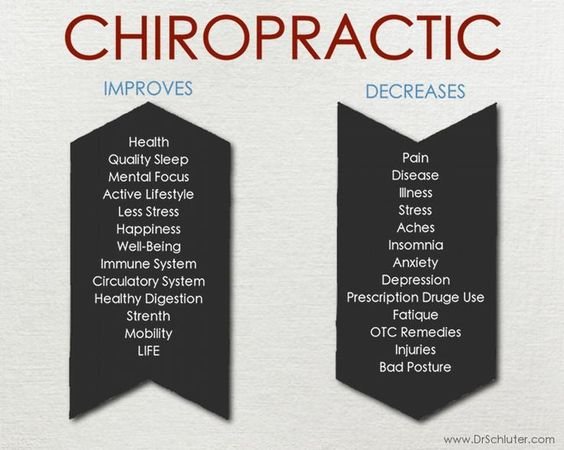The Duty Of Position In Pain In The Back: Tips For Achieving And Preserving Good Alignment Throughout Your Day
The Duty Of Position In Pain In The Back: Tips For Achieving And Preserving Good Alignment Throughout Your Day
Blog Article
Developed By-McKinley Preston
Preserving correct pose isn't almost staying up directly; it's about straightening your body in a manner that supports your back and decreases the risk of pain in the back. The way you sit, stand, and relocate throughout the day can substantially influence your spinal health. But how exactly can you make sure excellent alignment consistently, even during active days loaded with various activities? Let's delve deeper right into the refined yet impactful changes you can make to your day-to-day routine to maintain your back delighted and healthy.
Relevance of Appropriate Pose
Correct pose is vital in maintaining a healthy and balanced back and preventing pain. When you sit or stand with good posture, your back remains in positioning, minimizing strain on your muscle mass, ligaments, and joints. This placement enables the body to disperse weight evenly, preventing excessive tension on certain locations that can lead to pain and pain. By keeping your back effectively straightened, you can also boost your breathing and food digestion, as slouching can compress organs and restrict their capability.
In addition, maintaining excellent posture can enhance your general look and confidence. When you stand tall with your shoulders back and head held high, you exude self-confidence and show up even more approachable. Good pose can additionally make you feel more invigorated and sharp, as it advertises proper blood flow and enables your muscle mass to work effectively.
Including correct position right into your everyday routine, whether sitting at a workdesk, strolling, or working out, is important for avoiding back pain and promoting overall well-being. Remember, a little adjustment in how you hold on your own can make a significant difference in how you feel and operate throughout the day.
Common Postural Mistakes
When it concerns keeping excellent stance, many individuals unknowingly make typical errors that can add to back pain and pain. Among one of the most common mistakes is slouching or hunching over while sitting or standing. This setting puts too much pressure on the spinal column and can result in muscle inequalities and pain in the long run.
An additional typical blunder is overarching the reduced back, which can flatten the all-natural contour of the spine and cause pain. Furthermore, going across legs while sitting may feel comfortable, yet it can produce an imbalance in the hips and pelvis, leading to postural issues.
Utilizing a pillow that's also soft or too solid while sleeping can also affect your alignment and contribute to back pain. Last but not least, regularly craning your neck to look at displays or adjusting your position regularly can strain the neck and shoulders. Bearing in mind these common postural errors can help you keep far better placement and lower the risk of back pain.
Tips for Correcting Positioning
To enhance your placement and lower pain in the back, it's vital to concentrate on making small modifications throughout your day-to-day routine. Start by bearing in mind your pose. When resting, guarantee your feet are flat on the floor, your back is straight, and your shoulders are unwinded. Stay clear of slouching or leaning to one side. Usage ergonomic chairs or cushions to sustain your lower back.
When standing, disperse your weight uniformly on both feet, keep your knees a little curved, and embed your pelvis. Involve your core muscles to sustain your back. Take breaks to stretch and walk around if you have an inactive work. Include workouts that strengthen your core and back muscles, such as planks or bridges.
While sleeping, use a cushion that sustains the all-natural contour of your neck to keep appropriate spine positioning. Stay severe lower back pain causes of sleeping on your stomach, as it can strain your neck and back. By being when should i be worried about lower back pain of these ideas and making small changes, you can slowly remedy your positioning and reduce back pain.
Conclusion
Remember, keeping excellent position is crucial to avoid pain in the back and promoting back health and wellness. By being mindful of your positioning, dispersing weight equally, and involving your core muscle mass, you can reduce stress on your back and minimize the risk of discomfort and injury. Incorporate ergonomic support, take normal breaks to extend, and strengthen your core and back muscle mass to maintain proper placement throughout the day. https://localfamilychiropracticcl29516.blogrenanda.com/36696253/analyzing-the-link-in-between-chiropractic-services-and-athletic-effectiveness will certainly thank you for it!
